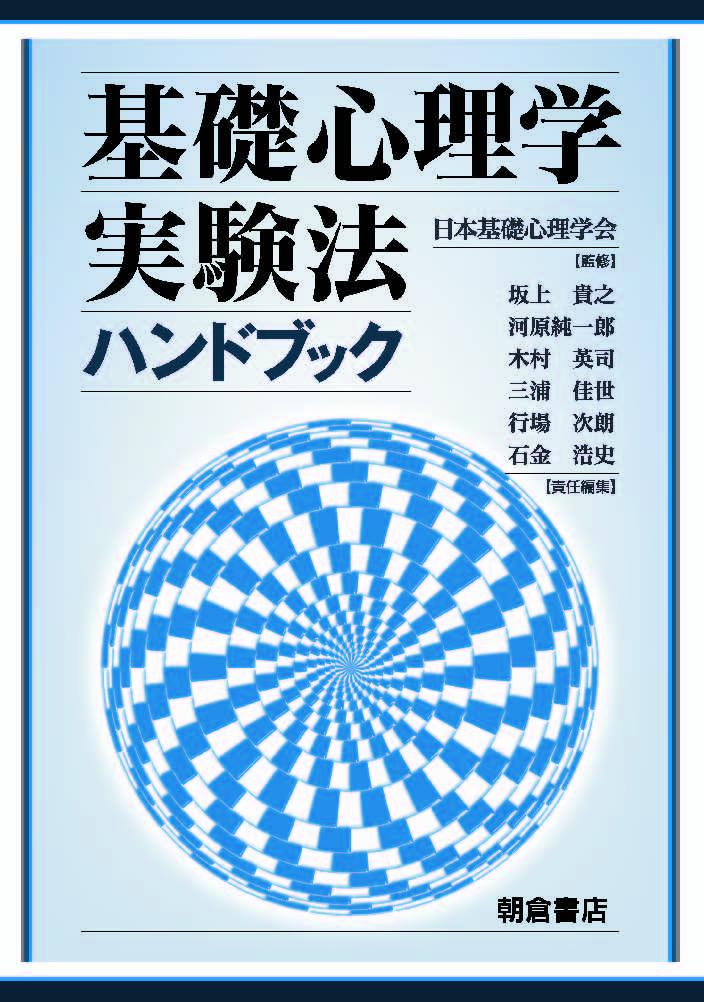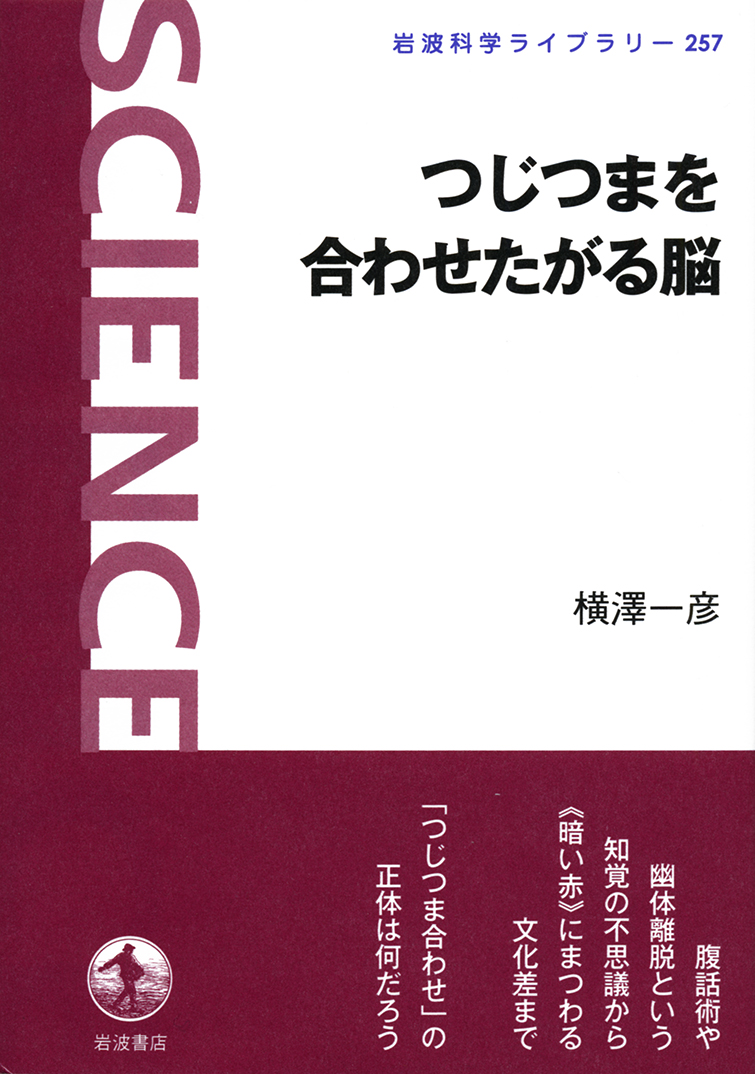
Title
Pre-constancy Vision in Infants (Current Biology, Vol.25, Issue 24)
Size
3 pages
Language
English
Released
October 21, 2015
ISSN
09609822
Published by
Current Biology
Book Info
See Book Availability at Library
Pre-constancy Vision in Infants (Current Biology, Vol.25, Issue 24)
Japanese Page
The human brain has a phenomenal capability of perceiving a stable external world based only on two-dimensional images reflected on the retina. For example, although images of a three-dimensional object differ greatly depending on the viewing point, we still perceive it as the same object. Another example is a piece of white paper, which projects very different levels of brightness on the retina depending on whether it is placed under direct sunlight or in shade. Despite this, we perceive it as the same piece of white paper. Such a capability is referred to as perceptual homeostasis. In fact, the ability to “see” the external world in a stable manner is mainly a product of postnatal learning. In other words, we have acquired the capability of unknowingly making presumptions regarding the external world based on images on the retina as a result of constant empirical learning of the relationships between things in the external world and corresponding images on the retina since the first day of life. If it is so, what does the external world look like to a 3-month-old infant who has not completed this learning process? We considered this question with a focus on the perceptual homeostasis of “texture.” When adults view a kettle that is lustrous and one that is not, we immediately notice a significant difference in texture. However, when looking at two kettles illuminated from slightly different directions, we perceive both as being lustrous and can hardly notice the change in lighting. We as adults constantly make presumptions regarding the surface texture, a property of an object in the external world, while ignoring changes in lighting. However, surprising results are observed if a 3–4-month-old infant views the same image. Infants were unable to notice the difference between a lustrous and non-lustrous kettle. It appeared that they had not acquired the processing ability to presume texture. Unlike adults, they noticed a slight change in lighting reflected on the lustrous kettle. In other words, the infants could see what adults could not. Infants start losing this surprising ability at 5–6 months of age and acquire the ability to discriminate between lustrous and non-lustrous surfaces. These results can be explained by assuming that the ability to make stable presumptions of an external object regardless of lighting or viewing point is inextricably linked to “ignoring” changes in images caused by lighting or viewing point. More specifically, 3–4-month-old infants are capable of responding directly to images instead of constantly making presumptions pertaining to the external world, whereas adults become insensitive to differences in images due to lighting or viewing point because of acquiring a powerful processing mechanism pertaining to ignoring changes in images due to lighting or viewing point to estimate what things are. This finding not only means that the human-perceived world transforms greatly at 4–6 months of age but also suggests that the brain adaptively changes its processing strategy according to growth/aging and training. It also means that as the brain does this, a decline in one ability promotes an increase in another ability.
(Written by Isamu Motoyoshi, Associate Professor, Graduate School of Arts and Sciences / 2017)



 Find a book
Find a book


 eBook
eBook
